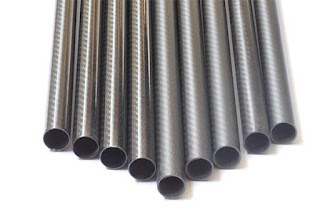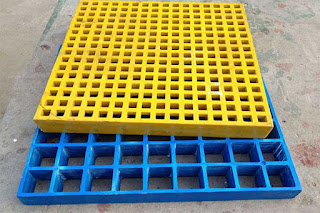What are Insulators of Electricity?
Insulators of electricity are materials that do not conduct electricity. They are used to protect people and equipment from electrical shocks and to prevent the flow of current in unintended paths. Examples of insulators include rubber, plastic, glass, and air. These materials are used in a variety of applications, such as the insulation on electrical wires, the handles of tools, and the covers of electrical outlets. Insulators are also used in electrical equipment, such as transformers and generators, to prevent the flow of current between different parts of the device. In addition, insulators are used in electronic devices, such as computers and smartphones, to protect the delicate circuits and components from electrical damage. Overall, insulators play a vital role in the safe use and operation of electrical systems and devices.


